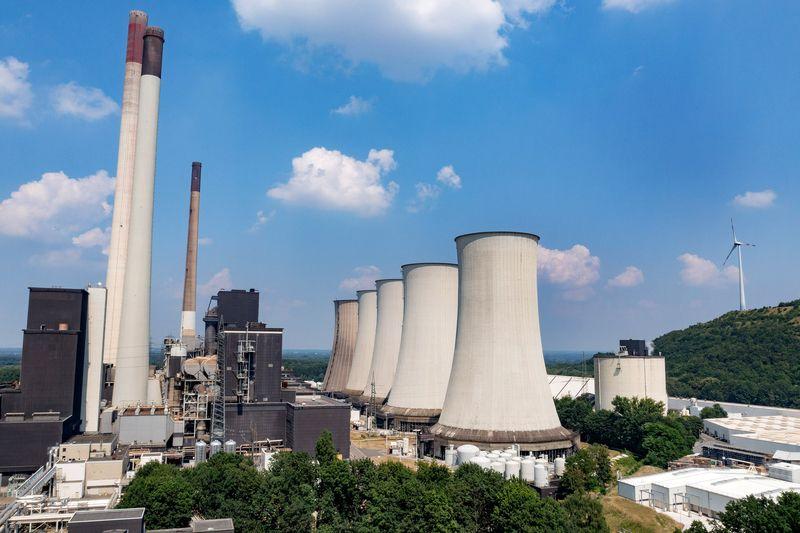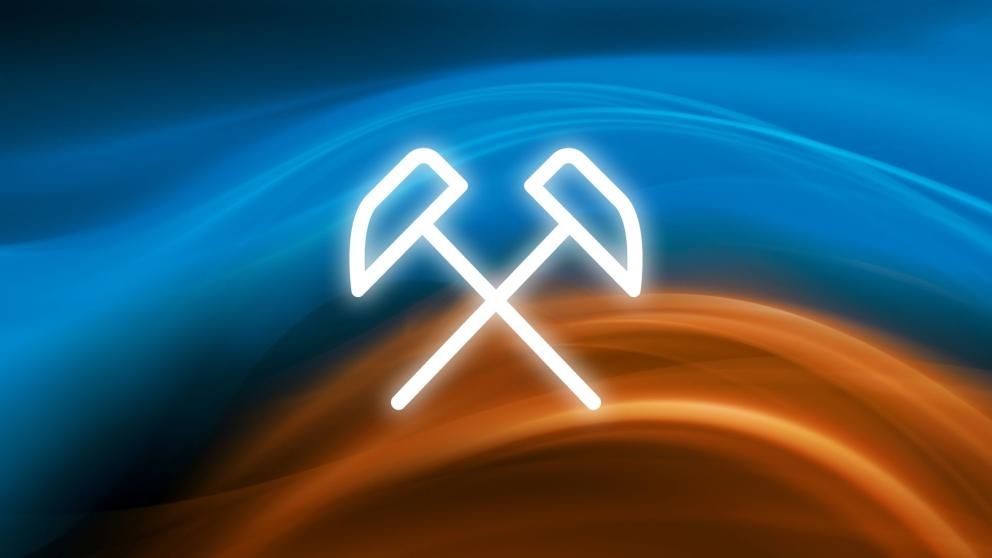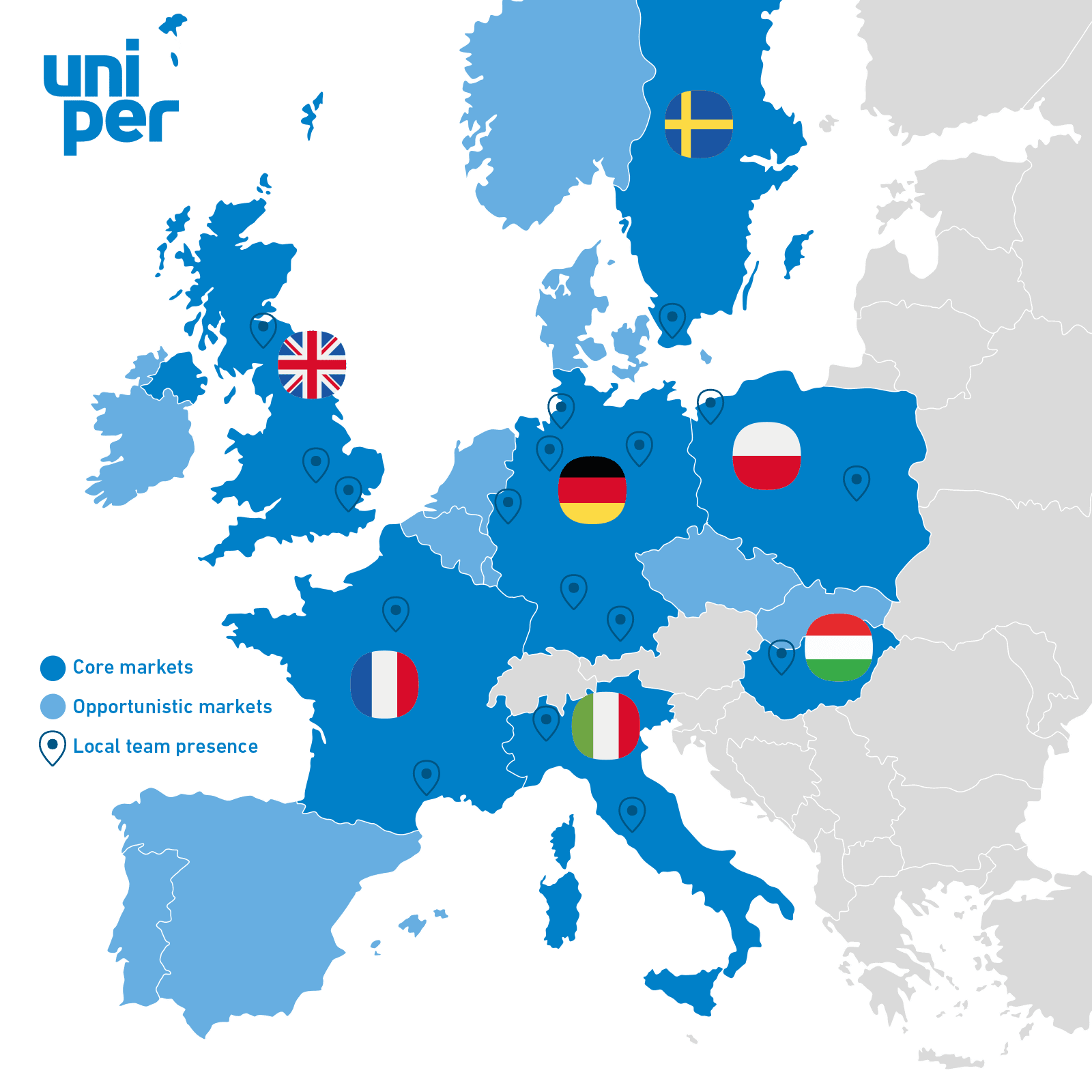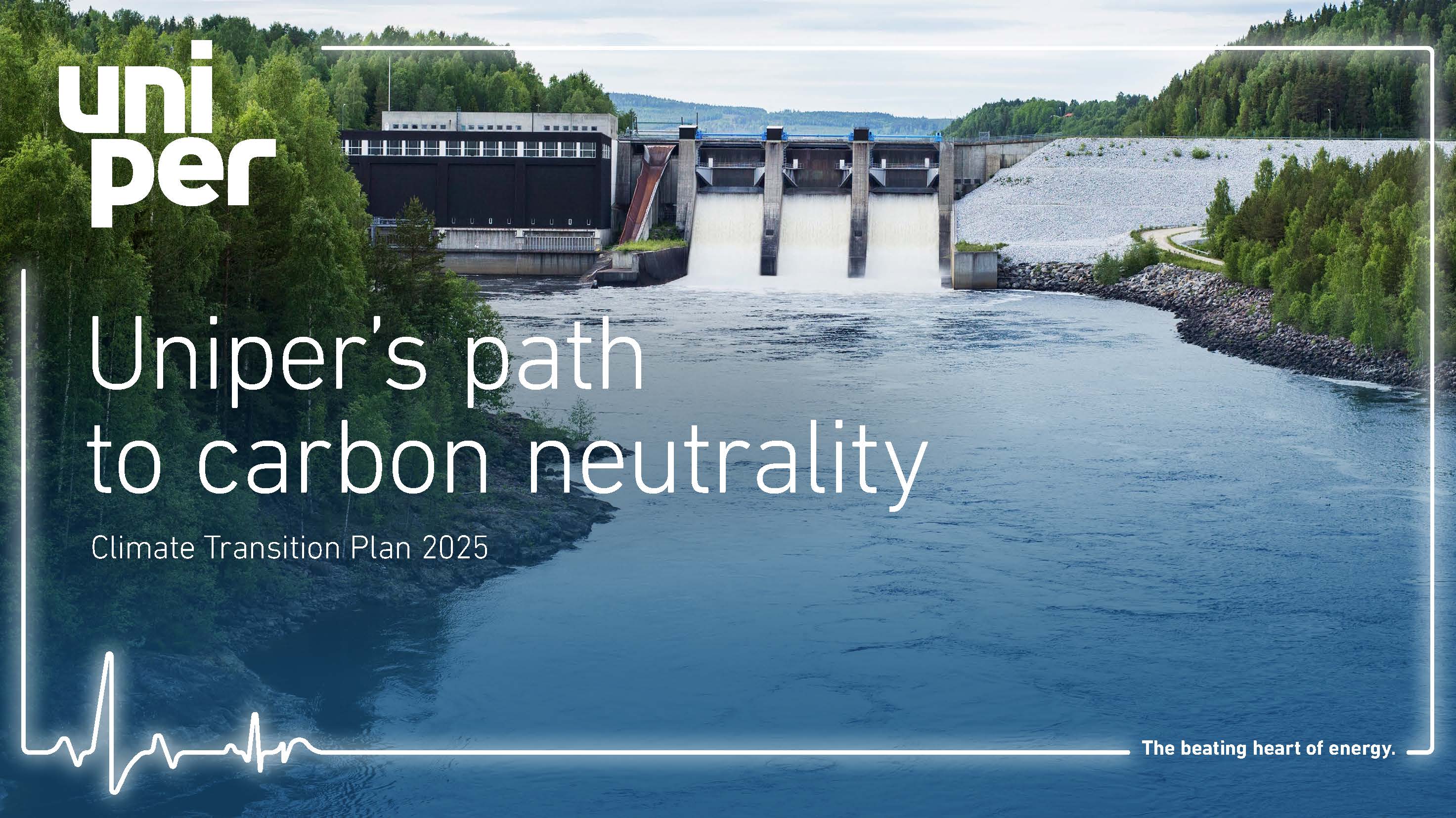
Coal
Coal: making a fast exit
Some of Uniper’s deepest roots are in countries that once had abundant coal reserves. They used them. To make steel, to generate electricity, to fuel prosperity. We’ve operated some of Europe’s biggest and best coal-fired power stations - like Ratcliffe-on-Soar, a 2 GW plant in central England that has been powering up to 2 million homes for more than half a century.
The coal era - in Western Europe at least - is nearly past. Uniper is leading the way. Implementing the coal phase out for our coal fleet by 2029 will be the first step towards achieving carbon neutrality across our business by 2040.

From grey to green
We’ll have closed 5.8 GW of coal plants across Europe through 2024. But quitting coal doesn’t mean quitting communities. We intend to ensure the viability of these facilities - and safeguard as many jobs as possible - in a low-carbon world. We’ll convert some to gas, which we’ve already done at Scholven in west-central Germany, and repurpose others for hydrogen production and import. Below you’ll find information about our plans for transforming our coal sites from grey to green.




